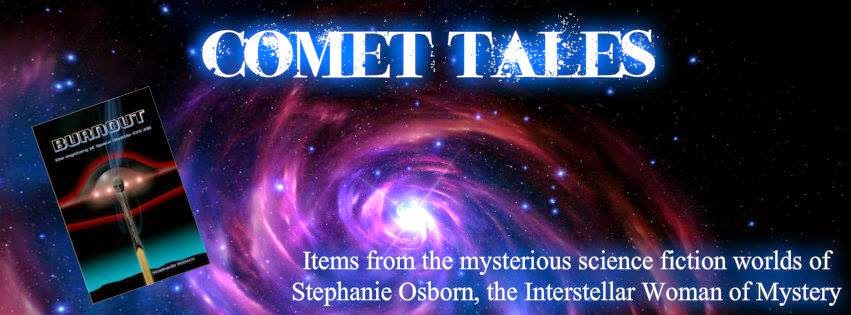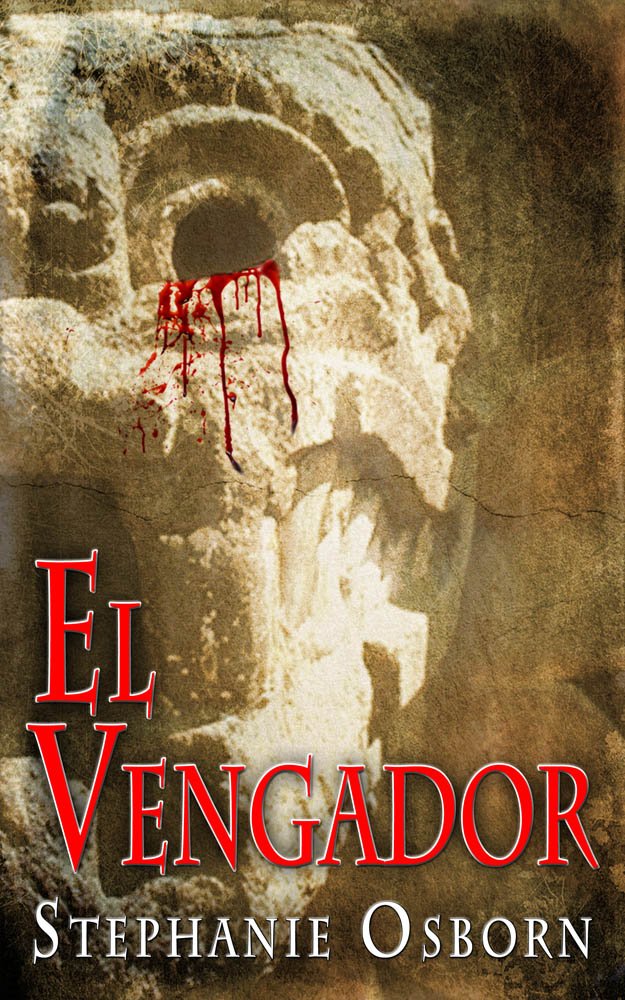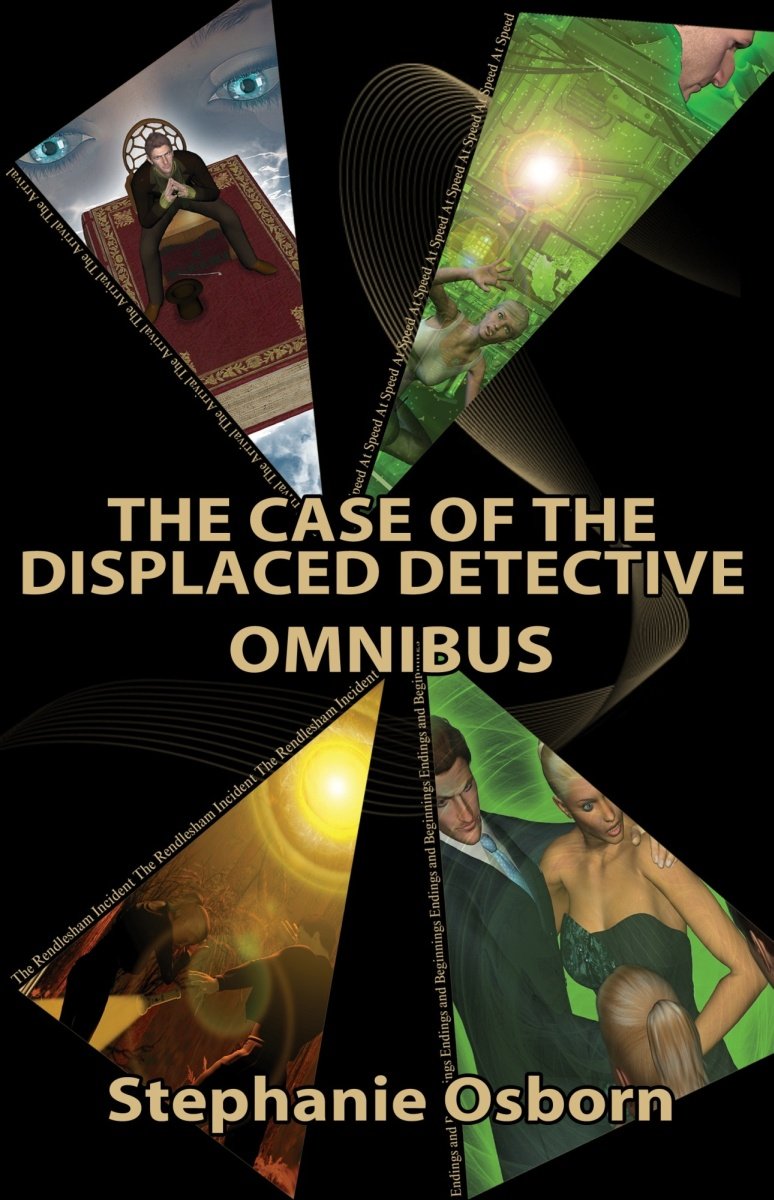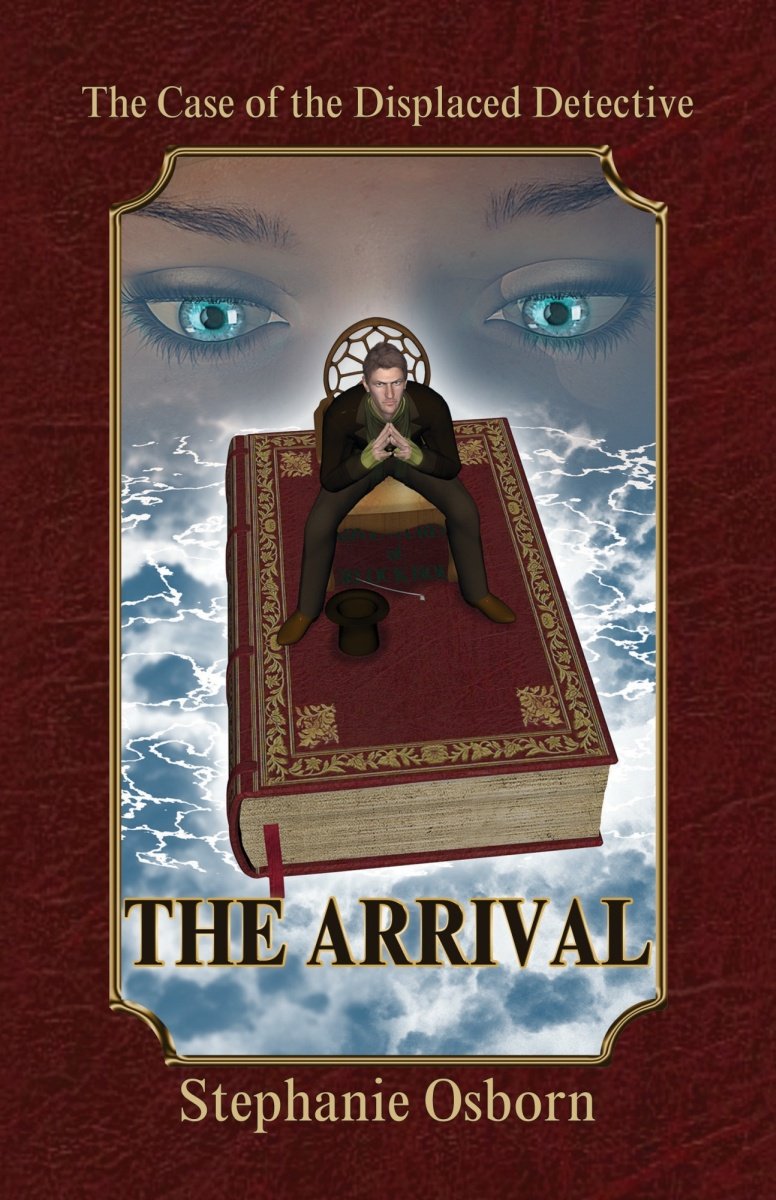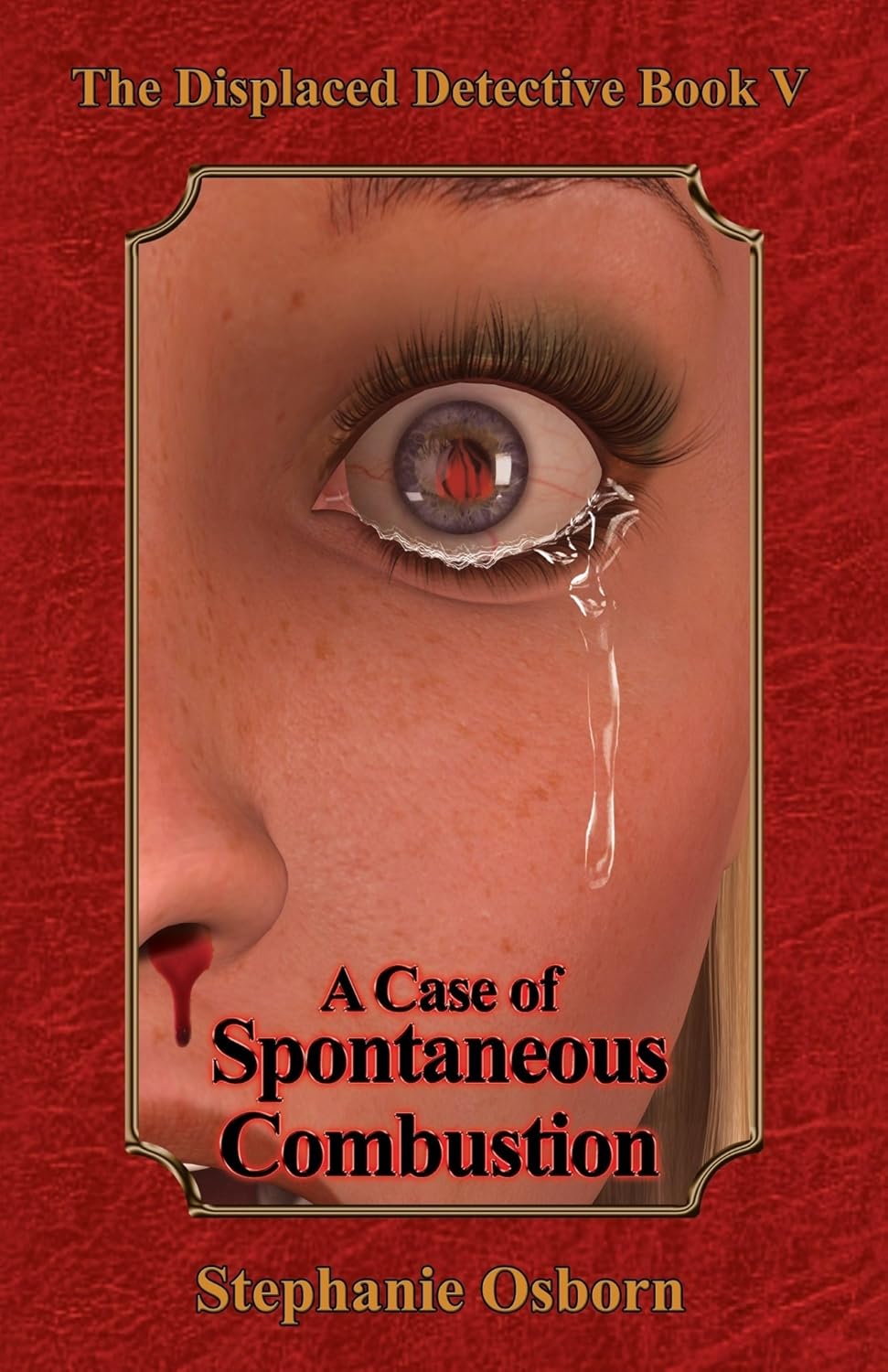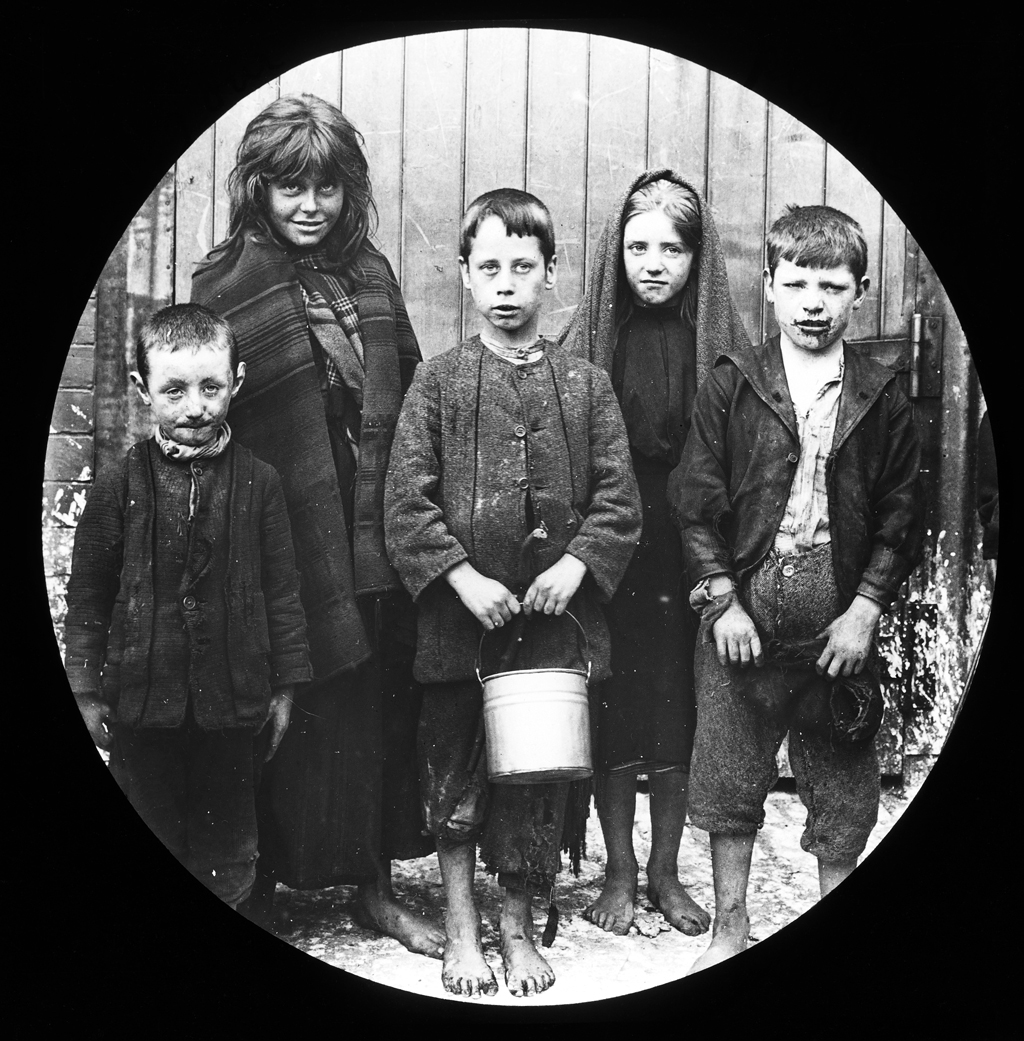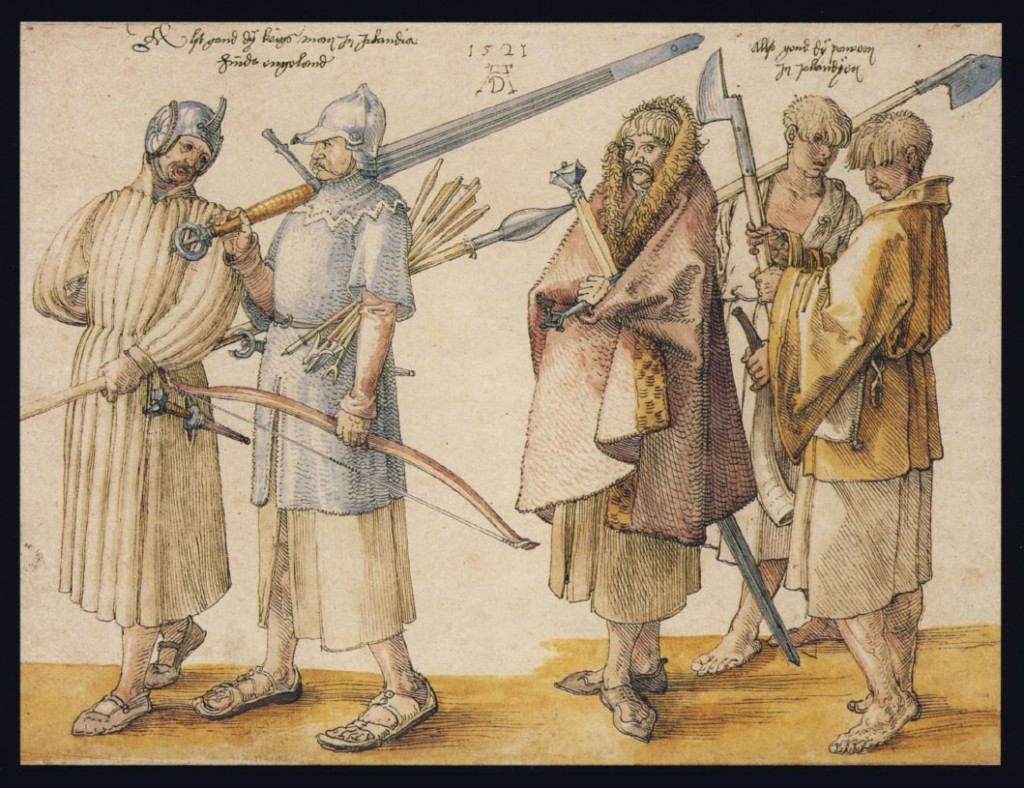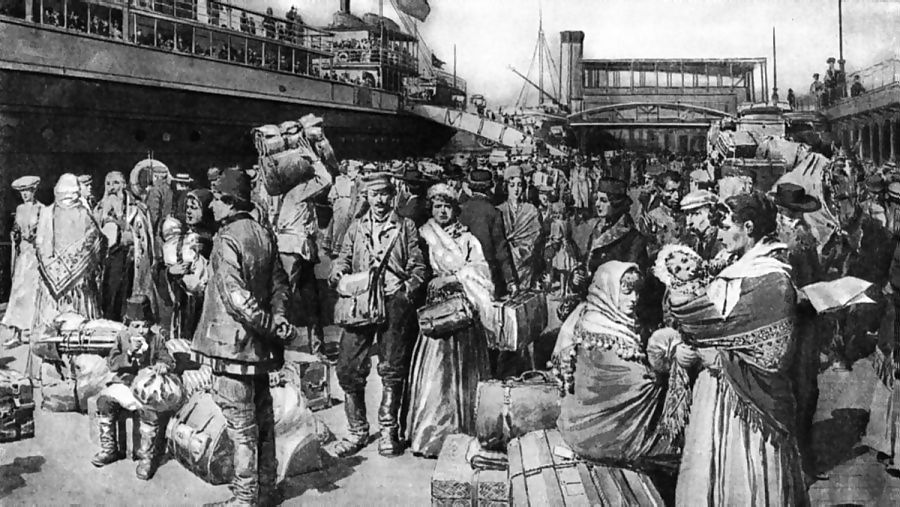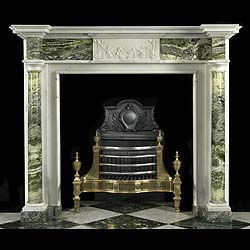by Stephanie Osborn
http://www.stephanie-osborn.com
Today I thought I'd put up an excerpt from my paranormal horror novella,
El Vengador.
Deputy Sheriff Michael Kirtchner gets an "unknown
disturbance" dispatch call to a remote house trailer in the swamp. There,
he discovers an old woman and a dog, terrorized by a mysterious beast, which he
takes to be a bear. But when he contacts Game Warden Jeff Stuart to come trap
the animal, Stuart tells him to get out if he values his life - this is no
ordinary animal. Is Kirtchner up against a Swamp Ape ― a Florida version of
Bigfoot - or something more...sinister?
Based on a true story.
~~~
“Ma’am?”
he ventured. “Ma’am, could you please put down the shotgun?”
“What?
Oh ― oh, yeah. Ah’m wavin’ it ever’where, ain’t Ah? Ah’m so sorry. Ah know
better. Ah…it scared me, ya see, and Ah didn’…”
She
put the shotgun aside, just inside the doorway. It was then that Kirtchner
noticed she was weeping.
“Ma’am…
are you okay?”
“NO!
Ah’m not okay! Ah’m scared out of muh mind, officer! Why do ya think Ah called
ya?” she exclaimed in a thick rural accent.
“Why
are you crying?”
“’Cause
Ah’m just so glad you came! Somethin’ attacked mah house, an’ Ah thought Ah was
gonna die!”
“What
was it?”
“Ah
dunno. But it was big, an’ it was fast. An’ it stunk t’ high heaven!” Her
voice, already pitched high from stress, cracked and became whiny halfway
through this speech, and upon its completion, she began trembling. Kirtchner
came to her, sat her on the steps, and worked on getting her calmed down.
“Shh,
it’s okay. I’m here now. I’ve got my gun,” he patted his holster, “and you’re
safe. What’s your name?”
“Elsie
Moore,” she sniffled, glancing about in apprehension, studying the foliage past
his squad car in considerable trepidation. “Uh, Missuz. Ah’m a widder-woman.”
“Do
you prefer Mrs. Moore, or Miss Elsie?”
“Ah
dunno as it matters. Don’t nobody ever come out here nohow.” She shrugged.
“Call me Elsie, Ah reckon.”
“Fine,
Elsie. So, someone attacked your mobile home?”
“NO!
Weren’t no some one! It were a something!” she blurted.
“Shh.
It’s okay. How long ago was this?”
She
glanced at a battered old men’s wristwatch, then muttered, “’Bout an hour, hour-fifteen,
afore you showed up, Ah reckon. Ah called right aft’r Ah shot at th’ thang. It
musta run off inta th’ woods.”
“And
what happened?”
“Ah
be damned ‘f Ah know,” Elsie answered, running the last three words together.
“There’ uz this turr’ble smell, wild animal smell ya know, like a skunk,
onliest it ‘uz worse’n any skunk Ah ever heared tell of. Ah got plumb nauseous,
an’ lost mah dinner inna trash can. Then there ‘uz a horrible ruckus right
a’most up unner me ― unner th’ trailer, that is. Metal skreechin’ an’ bendin’
an’ somethin’ roarin’ an’ howlin’ fit to kill. Ah looked out th’ nearest
winner, an’ there ‘uz a big ol’… thing… clawin’ at th’ back.”
“A
thing? What did it look like?” Kirtchner wondered.
“Ah
couldn’ tell ya,” Elsie tried to explain, “on ‘counta it ‘uz half up unner th’
trailer. Ah could only see its hind end.”
“…Which
looked like?” Kirtchner prodded.
“Like
a big ol’ furry butt,” Elsie retorted. “Long shaggy brown, or maybe black, fur,
with some green.”
“Green?”
Kirtchner straightened up, raising an eyebrow.
“Green,”
Elsie reiterated, a hint of defiance in her tone now. “Like… you ever read
‘bout them jungle critters, them whadda they call ‘em… sloths?”
“Oh.
Yeah, I think so.”
“Ah
caught part of a show on th’ tee-vee,” she said. “Th’ sat’lite dish ain’t worth
much, an’ Ah didn’ see all of it. But they showed ‘em, an’ th’ fur ‘uz kinda
green, an’ ‘ey said it ‘uz ‘cause moss an’ algae an’ shit grew in it.” She
nodded sagely. “It ‘uz like ‘at.”
“Oookay,”
Kirtchner remarked, pulling out his tablet and swiping across its pad, taking
notes. “Do you think you’re settled enough now to show me where it was?”
Mrs.
Moore drew a deep breath, then popped to her feet as if launched. She reached
inside the door of the trailer and retrieved her shotgun. It was a Winchester
model 1897, he noted absently; a 16-gauge, to judge by the barrel length, and
anything but new. It looked to need cleaning, too. He restrained a frisson of
anxiety with an effort.
“Yeah,”
she averred, “but we ain’t goin’ nowheres until you git yer shotgun, too. Ah
knows as yew po-lice types carry ‘em, so yew jus’ go gitchers right now.”
“You
don’t need that. And I have my pistol.” Kirtchner was less than thrilled with
this development. If she gets antsy and
shoots that thing, no telling what will happen, he thought. It doesn’t look like it’s been maintained in
a couple of decades. I wonder when this husband of hers kicked it.
“’At
little pop-gun? Agin the beast what attacked mah trailer?” She gestured at his
holster. “Ah don’ think so.”
“It’s
a forty-five,” Kirtchner pointed out. “It’ll handle the situation. Please put
down your weapon.”
“Ah
ain’t puttin’ it down, mister. Yew ain’t seen ‘at monster. Ah did. Now, yew git
y’r shotgun, or Ah ain’t a-goin’ nowheres ‘ceptin’ inta th’ house, an’ lockin’
th’ door behind me. Yew kin take yer chances.” Elsie tilted her head up,
setting her jaw, determined to stare him down.
So to
placate the woman, he got his Mossberg, set up for 12 gauge, out of the cruiser.
He made sure the magazine was fully loaded with magnum shells, and followed Elsie
around to the back of her trailer.
* * *
The
scene that greeted him when they got in the back yard looked like somebody had
attacked the rear of her trailer using some kind of giant, multi-pronged steel
fork. The heavy gauge aluminum siding was torn to hell and back, and it was
peeled away in several places starting from the bottom of the trailer and
curling up its side. There were great long gouges, some longer than 2 feet in length,
which looked like nothing so much as giant claw marks torn into the aluminum
siding of the trailer. Even the insulation had been pulled out in places. Some
of the gouges had what was obviously fresh blood smeared along the edges.
~~~
I thought it appropriate to put this up before Halloween, in the middle of the holiday preparations! Hope you enjoyed it, and check it out on
Amazon!
-Stephanie Osborn
http://www.stephanie-osborn.com
